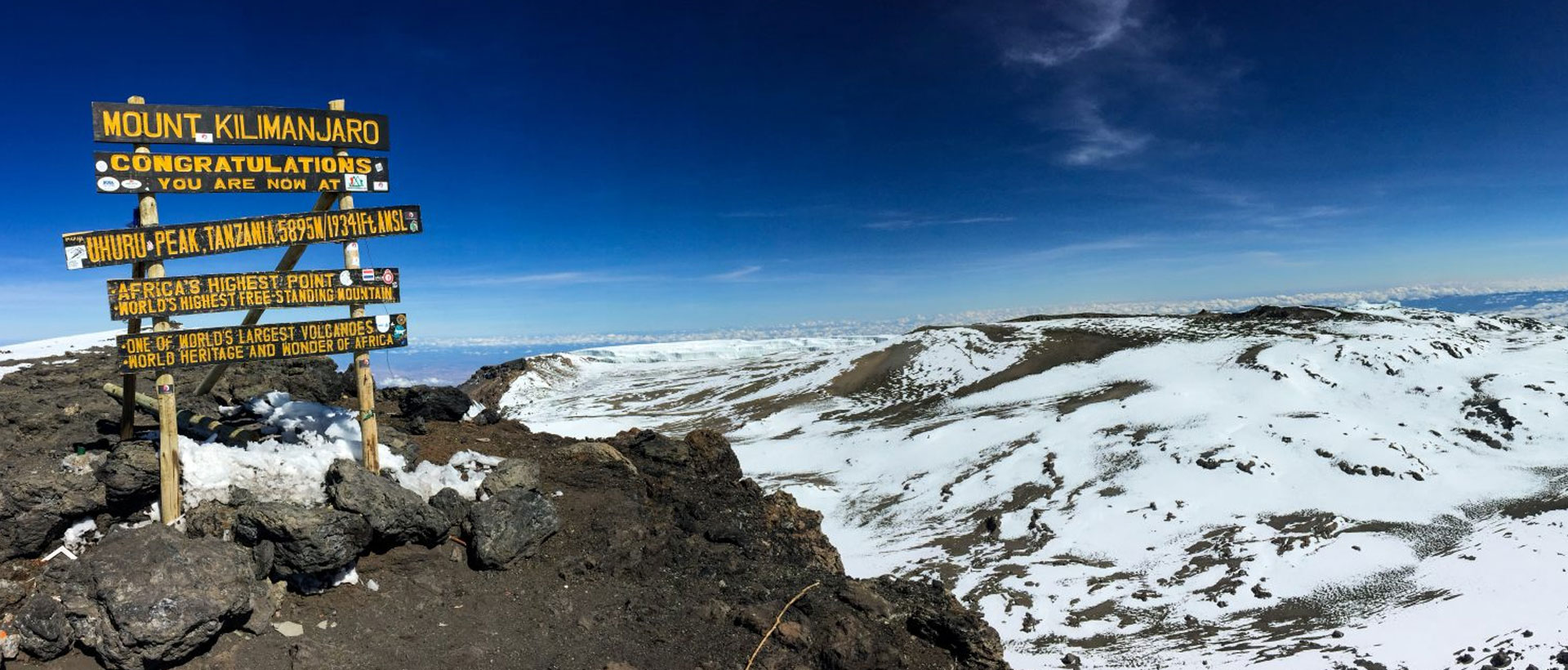
Mount Kilimanjaro Climbing
Explore Africa's Free Stand Mountain
Mount Kilimanjaro - the highest free-standing mountain in the world - has been enticing adventure-seekers for over a century. Glacier-covered peaks dissolve into alpine meadows, which, in turn, contrast the formidable mass of verdant rainforests and darker gorges that cover the slopes of this volcano. Climbing Mount Kilimanjaro is an unforgettable experience. Here, trekkers enjoy the wonders of African nature through varying climatic zones and the experience culminates as the morning sun gleams off the snow-covered glaciers at the summit of the highest point of the African continent.
For most of the trekkers reaching the summit is a pivotal lifetime achievement. Many of them put a great deal of thought into the decision to climb Mount Kilimanjaro. After all, it is a long trip to a remote country in Africa. Also, compared to other hiking trips all over the world, Mt Kilimanjaro adventures are more expensive. Together combined, all these things make it necessary to plan your trip carefully.
There are many things to consider while planning your Mount Kilimanjaro climb. Lack of information, and, consequently, failure to make proper preparations is the main reason why even young and fit trekkers sometimes fail to reach the summit. On the other hand, armed with the right information, climbers of all ages and physical fitness levels confidently make their way to the top.
WHY CLIMBING? MOUNT KILIMANJARO
Kilimanjaro is highly attractive to hikers for being the highest mountain anywhere in the world that can be ascended by ordinary tourists without specialized mountaineering experience or equipment - an accomplishment that requires a fair level of fitness, some determination, at least five days, and reasonably deep wallets. For most hikers, summiting snow-covered Uhuru Peak, the highest point on the continent, is a true bucket list dream, and the main objective of the hike. But the ascent is also very scenic, and it climbs through a diverse series of vegetation zones notable for their rich flora and fauna.
Summiting Kilimanjaro, for most who accomplish it, is truly a once-in-a-lifetime experience. But dedicated hikers are frequently drawn back to Kilimanjaro again and again, not least because there are a great many ascent and descent routes from which to choose, and each one of them offers a very different scenic perspective on the majestic mountain.
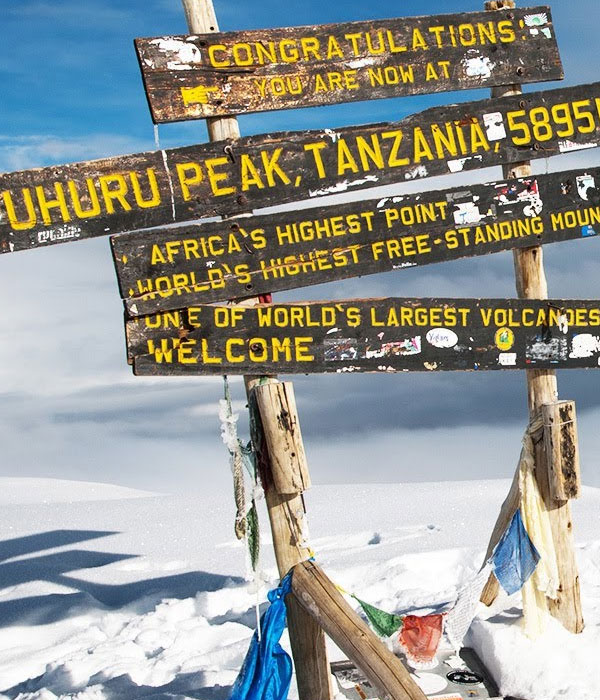
EXPERIENCE KILIMANJARO ROUTES
There are a few Kilimanjaro Climbing Routes to summit the Kilimanjaro top. We offer Climbing Mount Kilimanjaro on the best routes to summit the “Roof of Africa”. Find the best Kilimanjaro Routes with us!
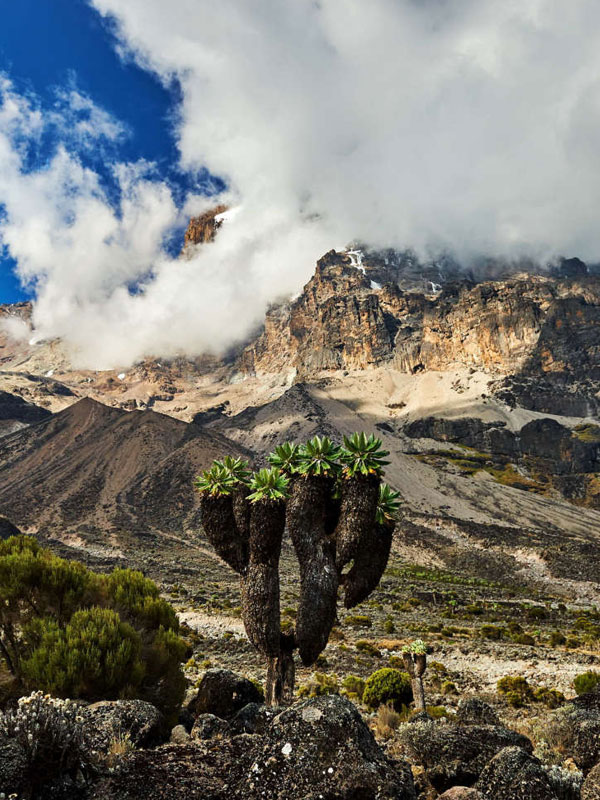
10 Days Lemosho Route
Your Kilimanjaro head guide will come to the hotel for a full briefing, equipment checks and to help you hire anything additional you need.
Duration
10 Days
Price From
On Request
When
All Year Round
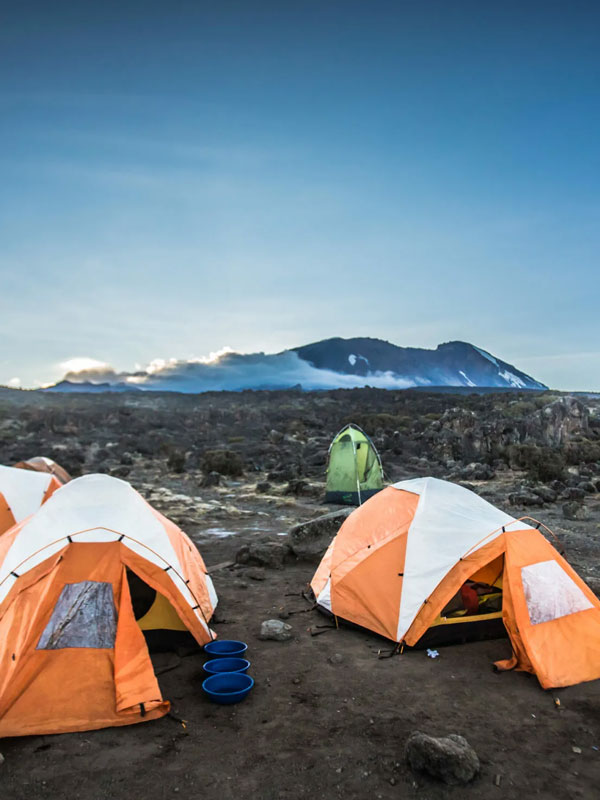
11 Days Northern Circuit Route
Kilimanjaro head guide will come to the hotel for a full briefing, equipment checks and to help you hire anything additional you need.
Duration
11 Days
Price From
On Request
When
All Year Round
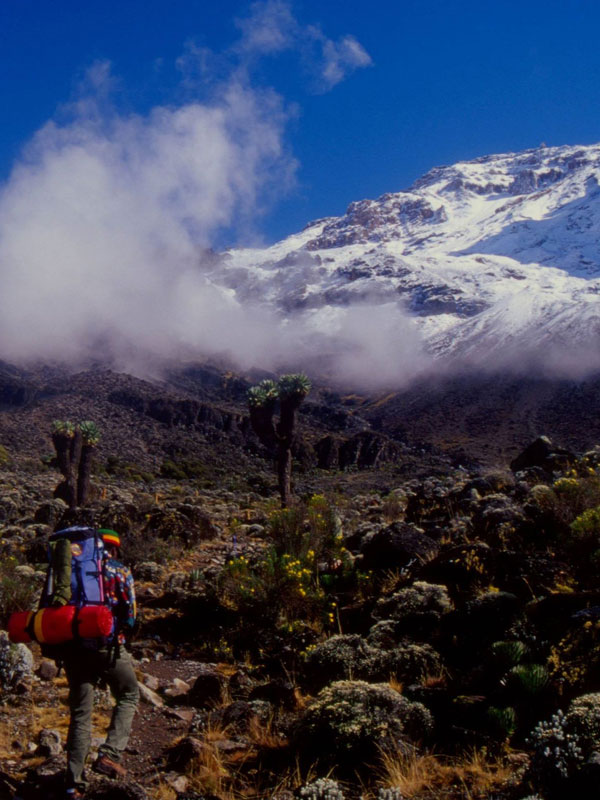
8 Days Umbwe Route
Upon arrival at Kilimanjaro International Airport (JRO) you will be met by your Transfer and transferred to your lodge in Moshi.
Duration
8 Days
Price From
On Request
When
All Year Round
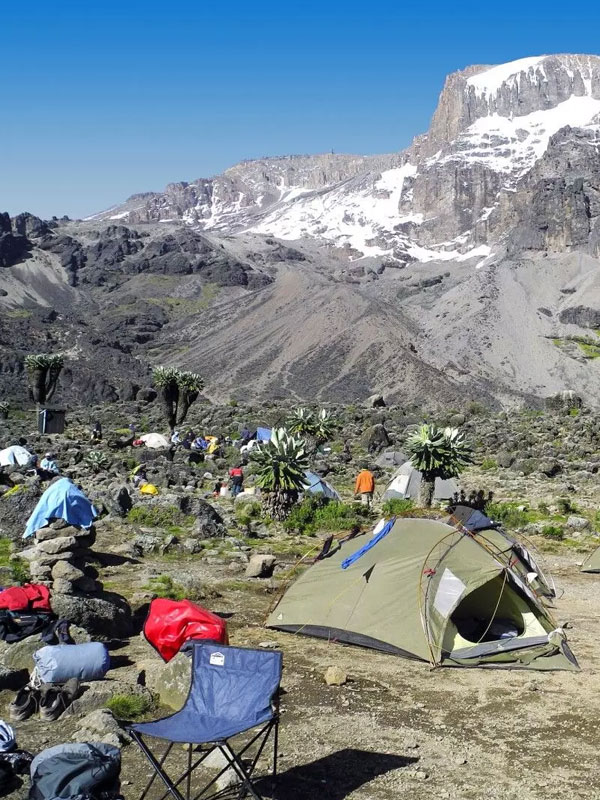
9 Days Machame Route
Your Kilimanjaro head guide will come to the hotel for a full briefing, equipment checks and to help you hire anything additional you need.
Duration
9 Days
Price From
On Request
When
All Year Round

9 Days Rongai Route
Your Kilimanjaro head guide will come to the hotel for a full briefing, equipment checks and to help you hire anything additional you need.
Duration
9 Days
Price From
On Request
When
All Year Round
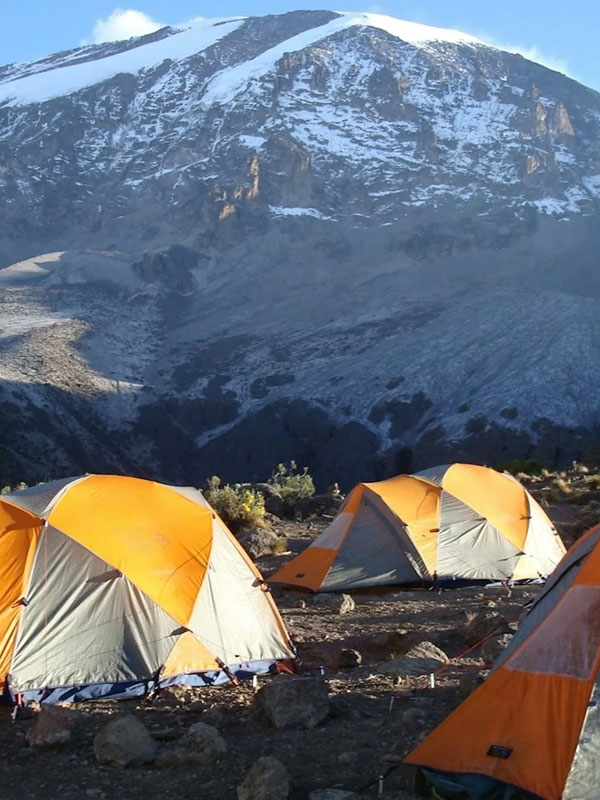
9 Days Lemosho Route
you will be met and transferred to your hotel in Moshi. Your Kilimanjaro head guide will come to the hotel for a full briefing equipment checks etc.
Duration
9 Days
Price From
On Request
When
On Request
Best Kilimanjaro Travel Tips
We carry emergency oxygen on all our climbs, for use when someone is suffering from a serious altitude-related illness. In this event the guide would ask you to descend since this is the only way to recover; however, oxygen can help people feel better during the descent, therefore making evacuation easier and safer.Read More
We carry emergency oxygen on all our climbs, for use when someone is suffering from a serious altitude-related illness. In this event the guide would ask you to descend since this is the only way to recover; however, oxygen can help people feel better during the descent, therefore making evacuation easier and safer.Read More
You cannot talk about Kilimanjaro without discussing altitude sickness. This is because the trek requires you to climb to nearly 19,000 ft above sea level! The air is very thin at that elevation, and affects everyone, even the fittest of climbers.Read More
What you pack for your Kilimanjaro climb is vitally important to your health and the success of your trek. We've put together a comprehensive list of what to pack, and why. Read More
porters carry equipment and supplies up Kilimanjaro and give climbers the support they need to reach the summit. Without them, getting to the Roof of Africa would be nearly impossible.Read More
When choosing the most suitable time for climbing Mount Kilimanjaro, you should consider several factors: the temperature, the views, the density of traffic on the trek, difficulty level and safety. However, the overarching factor that impacts all others is weather. Read More






